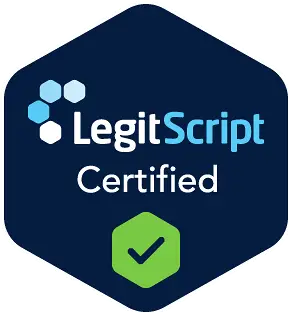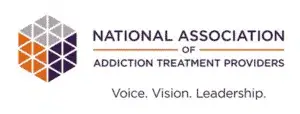Artificial Intelligence (AI) involves machine learning in which algorithms can measure data and use it to predict and sometimes modify human behavior. AI technologies are coming into use in the treatment of addictions and are showing promise in several aspects of the field of substance abuse treatment.
Here are some ways to use AI in Colorado addiction treatment now and in the future.
1. To group adolescents more effectively in treatment
The USC Center for Artificial Intelligence in Society has used AI to prevent groups of homeless youth addicts in Los Angeles from engaging in deviancy training or influencing others in the group to engage in negative or harmful behaviors. The algorithm’s suggested grouping of students was significantly more successful in preventing these harmful and negative group dynamics from taking hold and used confidential surveys by treatment center participants to get its information.
Since implementing AI methods, treatment outcomes have improved for many adolescents in the program. AI has also been used in the program to determine when interventions will be more helpful and when they will be more detrimental.
This Season, Give Yourself the Gift of a Fresh Start.
Whether you are struggling with addiction, mental health or both, our expert team is here to guide you every step of the way. Don’t wait— reach out today to take the first step toward taking control of your life.
2. To predict the likelihood of relapse
AI algorithms have already been put to use for predicting a person’s likelihood of relapse in several available apps including Triggr Health and Addicaid. The apps use AI to analyze social media data and measurement of general online behavior, predicting instances where people are likely to relapse and inserting interventions designed to stop the relapse behavior, including in some cases getting further treatment help.
Some of the behaviors that may indicate an imminent risk of relapse included changes in screen engagement, texting patterns, phone logs, sleep history, and location. Someone texting at odd hours or texting much less than usual could indicate a movement toward relapse that can then trigger interventions from real-life guides through the app.
The use of the algorithms predicts with a high degree of accuracy when guides are needed and when they are not, which allows them to handle a bigger caseload than they would be able to otherwise. The online nature of the apps also gets rid of geographical restrictions and makes the cost of monitoring and intervention far lower than some other ways of accomplishing these goals.
3. To identify opioid crisis areas faster
AI tools are now being developed in several states that can show areas where an opioid crisis is developing based on social media data, and do so faster than conventional methods. The data is gathered on Twitter and looks for language that refers to opioids, including slang words like “syrup,” “dummies,” “percs,” and “dope.” When these areas are developed, communities can concentrate treatment and intervention resources to the areas where the threats are developing in order to help the people who need it most and prevent more fatal overdoses.
AI is still in the early stages of development, so there will likely be many more applications found in the area of addiction treatment. While AI cannot replace full-scale treatment like that of The Recovery Village at Palmer Lake, it can help improve outcomes and provide more information about a person’s habits and state of mind that can help if and when treatment is needed. Contact us to learn more.







